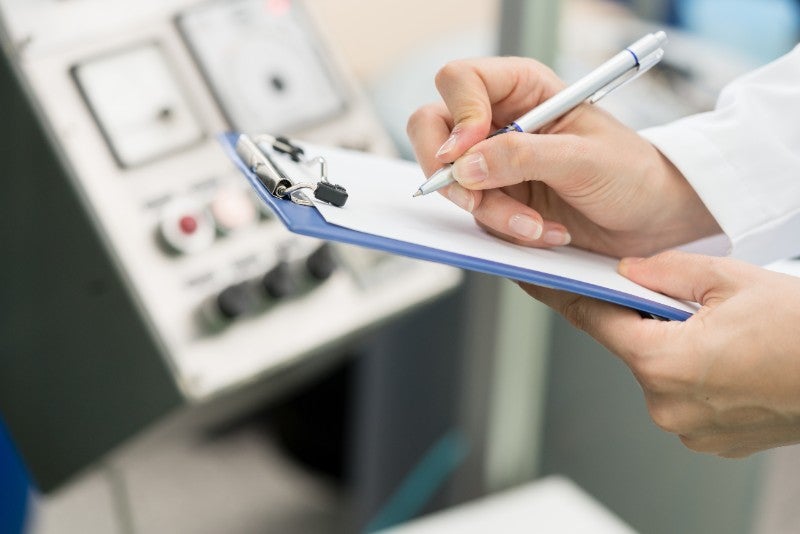
The overarching goal of the medical device industry is to develop, manufacture and distribute the technologies necessary for safe and effective healthcare delivery, whether that involves diagnosing conditions and treating illnesses in a hospital setting or assisting disabled people in their daily lives.
The industry has advanced remarkably over the last 50 years, and the role of quality management systems and regulations have been key to its success.
Regulations impact the lifecycle of a medical device at every stage, from the initial development and validation of a product to the ongoing post-market surveillance. The crucial step in the middle is premarketing submission where, in the US, a 510(k) application is made to the Food and Drug Administration (FDA).
If a company intends to market their device outside of the US, they must also receive clearance from the local health authority in that jurisdiction. This is where matters can get complicated, believes Glenn Esselman, quality assurance manager at US medical wire company Custom Wire Technologies.
“It comes down to how each country deals with trying to mitigate the risk from issues that each has seen,” he explains. “The impact can be challenging for many companies launching products in multiple markets. The resources needed to keep up and comply with the various regulations can be a difficult task.”
Yet failing to do so could result in non-compliance, an even bigger problem for manufacturers. “Failing to meet the regulatory standards could cripple companies to a point where they can no longer stay in business,” adds Esselman.
Despite their nuances, one thing all regulatory authorities require is a classification for the risk level of a medical device. Both European and US regulations share a system where low risk devices are considered Class I, medium risk are Class II, and high risk are Class III.
“Each manufacturer must determine the risks in the products that they make. The complexity and end-use of a component, assembly or device determines the severity of the associated risk,” explains Esselman.
Changing requirements
As well as differences between jurisdictions, the regulations themselves are sometimes changed and updated. The result is a complex, constantly evolving global landscape for international medical device companies to navigate, sometimes leading to gaps in understanding.
“Due to the ever-changing needs and the new advancements of technology in the medical industry, there will always be gaps and the need for changes in regulations. Most of the time, a difference in the interpretation of a requirement creates holes or gaps. Truly understanding the correct meaning or intent of a regulation is key,” notes Esselman.
“Larger manufacturers are able to hire full time employees that keep up on the changes. Smaller manufacturers are not always able to do that, which can make it more challenging,” he adds.
The recent introduction of the EU Medical Device Regulations (MDR), for example, caused significant industry upheaval. This was made worse when implementation coincided with sudden Covid-19 chaos, forcing the EU to delay its timeline to give companies another year to ready themselves for the regulations, which are four times longer and contain five more annexes than the Medical Devices Directive (MDD) of 1993.
A further huge change could be set to take place in the US. “There is talk that the FDA and the International Organization for Standardization may soon get together and come up with a single set of requirements, which would hopefully alleviate some of the differences or confusion between the two regulations for medical devices,” says Esselman.
First proposed in May 2018, stronger alignment of the FDA’s regulatory requirements with those of ISO 13485 would bring the quality requirements for US medical devices closer in line with markets such as Europe, Japan, and Australia. The proposed harmonisation would significantly streamline the registration and compliance process for international companies.
Nevertheless, regulatory affairs remain a difficult aspect of medical device manufacturing, even without geographic inconsistencies. Working with trusted, well-validated suppliers along the supply chain is crucial. As an ISO 13485-certified supplier of custom-made wire components and assemblies for the medical device industry, Custom Wire Technologies engages in open communication with its customers to understand the regulatory requirements of each product.
“The benefits of maintaining ISO certification and open communication means we are meeting the requirements of the products we produce, gaining the confidence of our customers that Custom Wire Technologies is a partner in their success,” says Esselman.
To find out more on CWT, download the whitepaper below.


